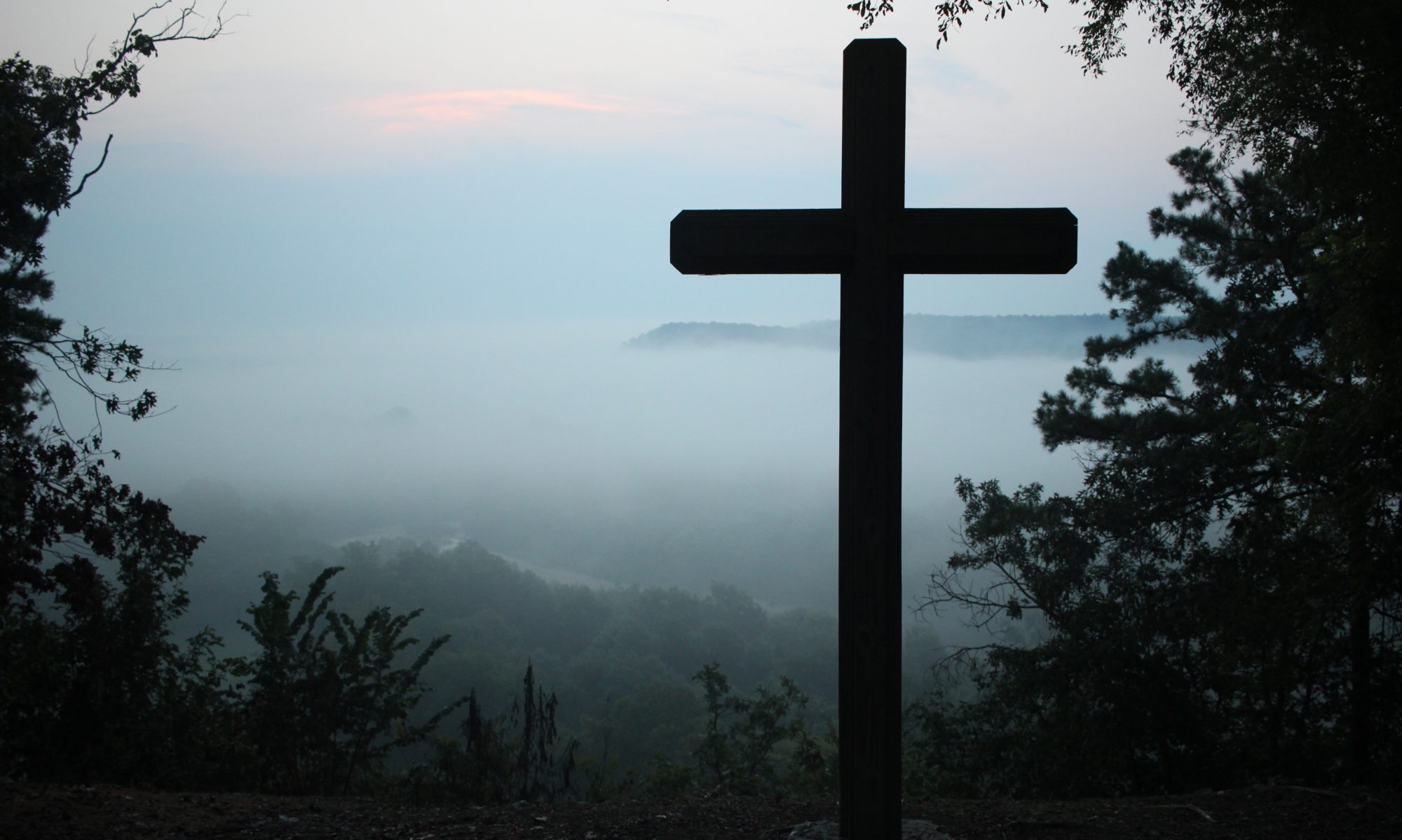This time of year we hear a lot about “the baby Jesus,” but no one ever seems to talk about “the baby John.” From a human perspective, John is a very important person in history holding a place of renown. He was the one who announced the arrival of Jesus, did the advanced groundwork, prepared the hearts of the people to be repentant and open to God’s will, and baptized the Savior himself. From God’s perspective, however, John is just a herald: No more than the guy in the Robin Hood story who rides out on a horse bearing a trumpet and a scroll to read from. He gets people’s attention and then relays the royal decree. Exit stage right.
Even so, this herald is very important to God’s plan. God fills John with the Holy Spirit from birth and keeps him set apart for a very special use. Today’s story is the follow up to the angel’s announcement of the coming birth.
Luke 1: 56-64
Mary stayed with Elizabeth for about three months and then returned home.
When it was time for Elizabeth to have her baby, she gave birth to a son. Her neighbors and relatives heard that the Lord had shown her great mercy, and they shared her joy.
On the eighth day they came to circumcise the child, and they were going to name him after his father Zechariah, 60 but his mother spoke up and said, “No! He is to be called John.”
They said to her, “There is no one among your relatives who has that name.” Then they made signs to his father, to find out what he would like to name the child. He asked for a writing tablet, and to everyone’s astonishment he wrote, “His name is John.” Immediately his mouth was opened and his tongue set free, and he began to speak, praising God.
Then they made signs to his father, to find out what he would like to name the child. He asked for a writing tablet, and to everyone’s astonishment he wrote, “His name is John.” Immediately his mouth was opened and his tongue set free, and he began to speak, praising God.
Continue reading “Baby John”